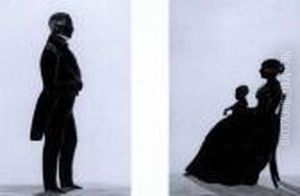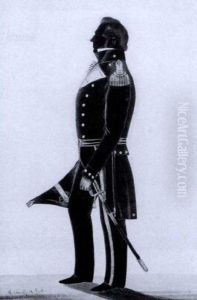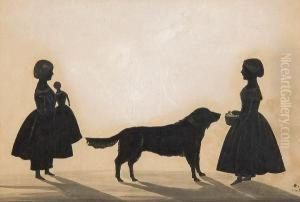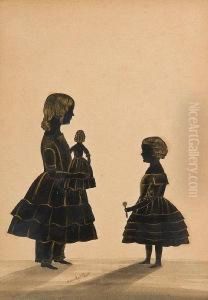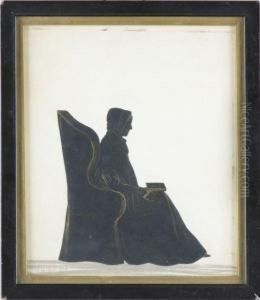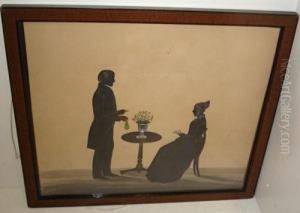Samuel Metford Paintings
Samuel Metford was a British artist born in 1810, during a period of significant cultural and social transformation in England. His life spanned the majority of the 19th century, a time characterized by the Industrial Revolution, the rise of the British Empire, and significant developments in the arts and sciences. Despite the lack of extensive documentation on his life, Metford's work contributes to the understanding of British art in the Victorian era.
Metford's artistic endeavors were primarily focused on landscape painting, a genre that gained substantial popularity in England during his lifetime. This period saw a heightened appreciation for the natural beauty of the countryside, influenced in part by Romanticism, which emphasized emotion and individualism as well as glorification of the past and nature. Metford, like many of his contemporaries, was likely inspired by these ideals, which is reflected in his detailed and serene landscape works.
Though not as widely recognized as some of his peers, such as J.M.W. Turner or John Constable, Metford's paintings contribute to the rich tapestry of 19th-century British art. His works, characterized by their meticulous attention to detail and subtle use of light, capture the essence of the English landscape with a quiet, understated elegance. Unlike the dramatic and often tumultuous scenes depicted by Turner or the idyllic rural life portrayed by Constable, Metford's landscapes often evoke a sense of calm and tranquility, inviting the viewer to a moment of reflection.
Throughout his career, Samuel Metford exhibited his work at various institutions, including the Royal Academy, though records of his exhibitions and sales are sparse. His death in 1896 marked the end of a long life dedicated to the arts, during which he witnessed and contributed to the evolving landscape of British painting. Today, Metford's paintings are held in private collections and occasionally appear at auction, offering glimpses into a bygone era through the lens of an artist who, while not at the forefront of the art historical canon, played a role in the development of landscape painting in the 19th century.
